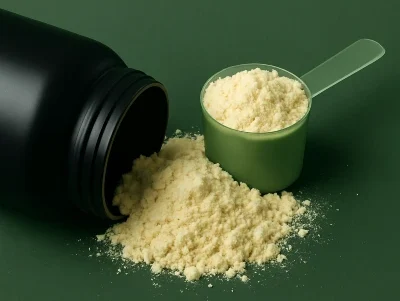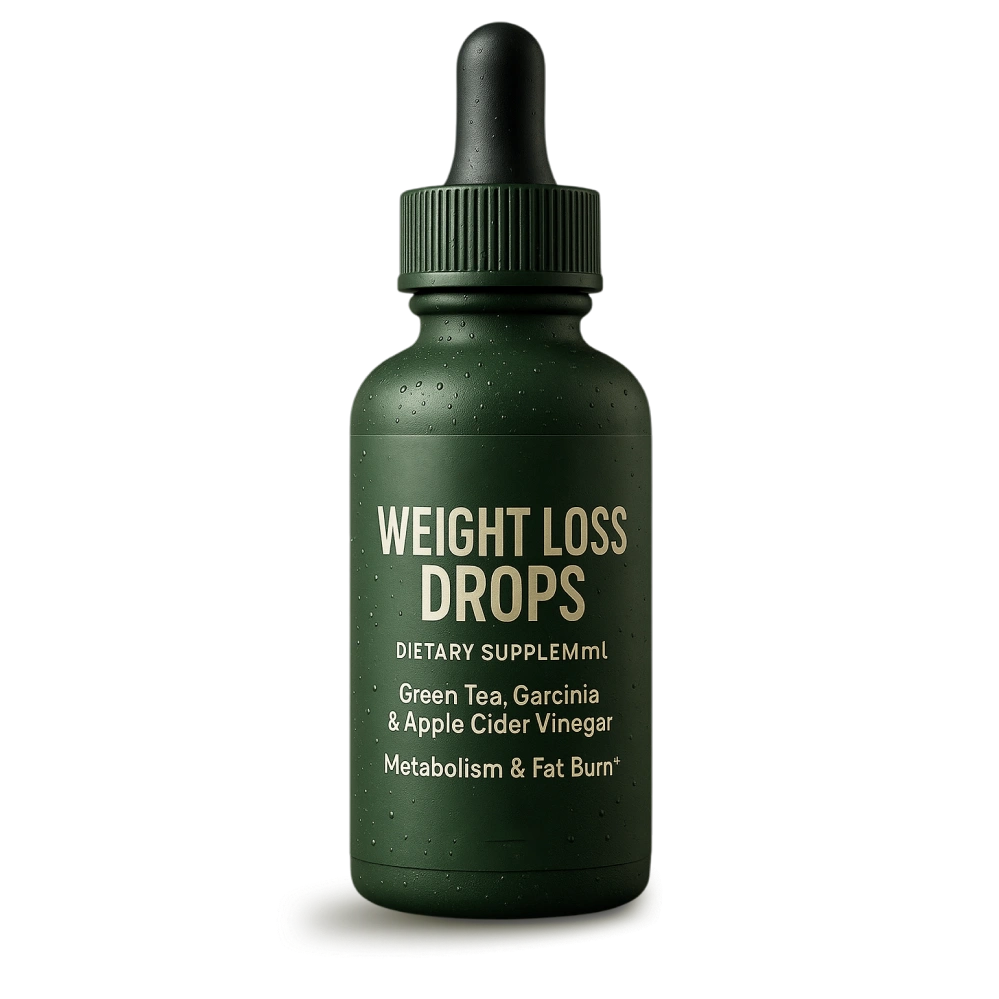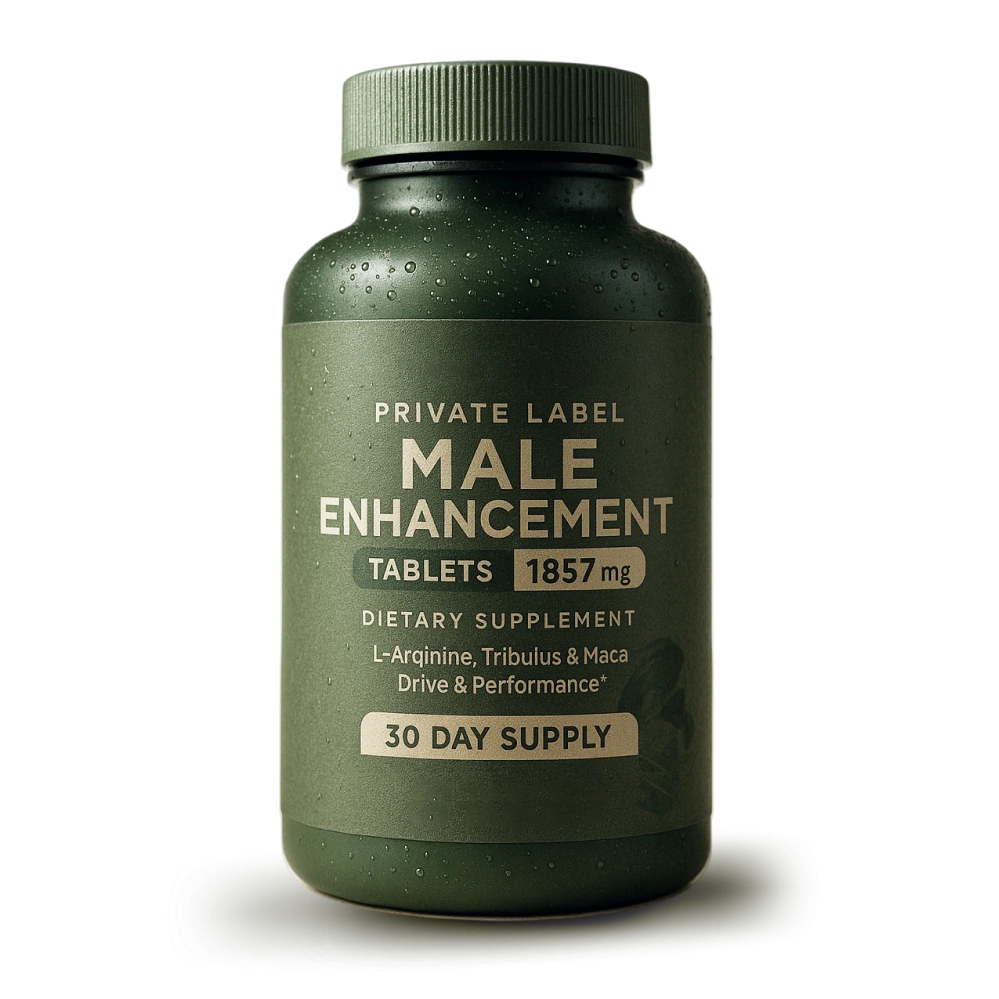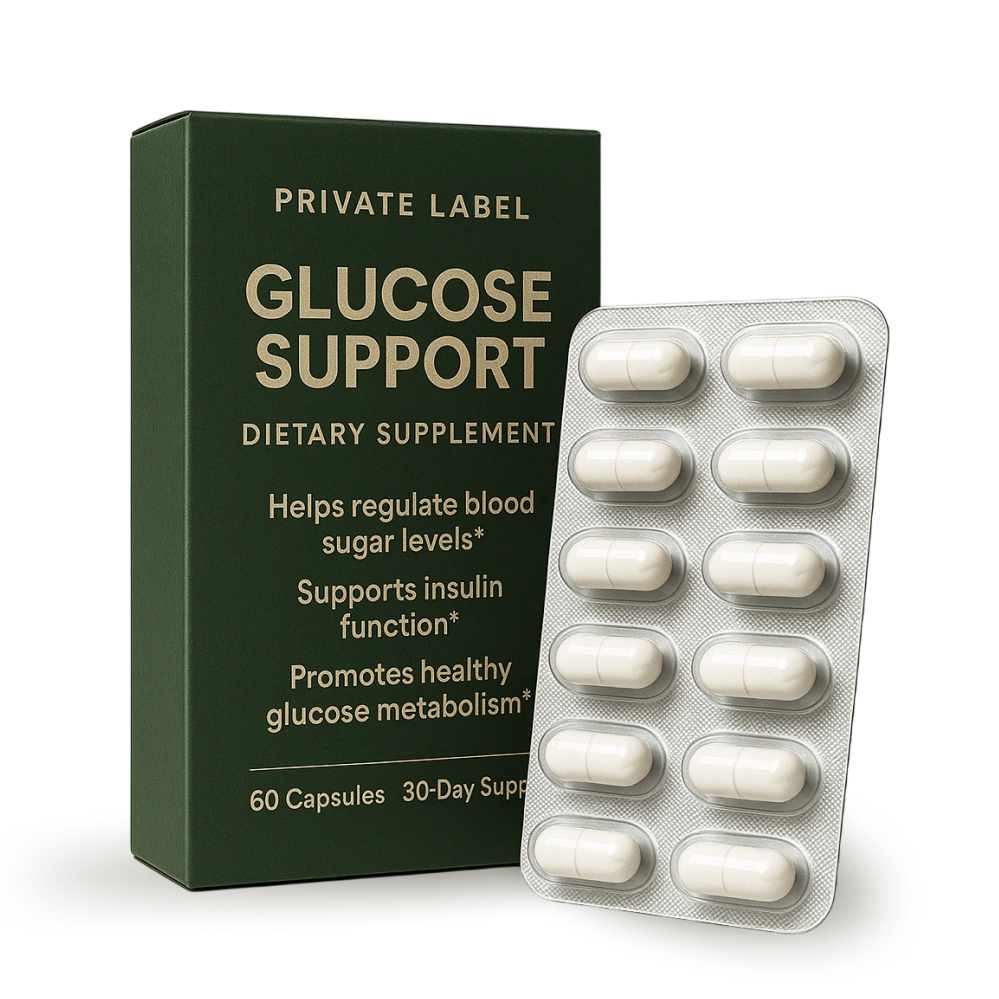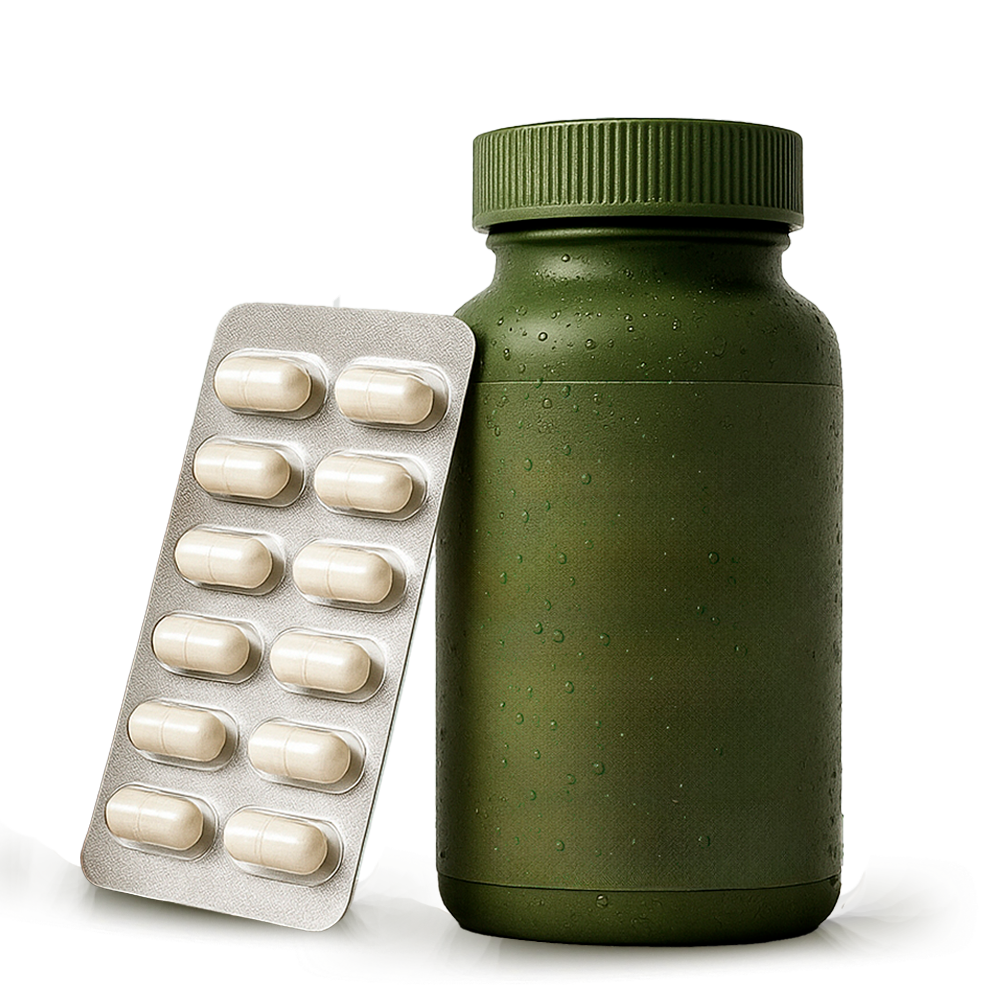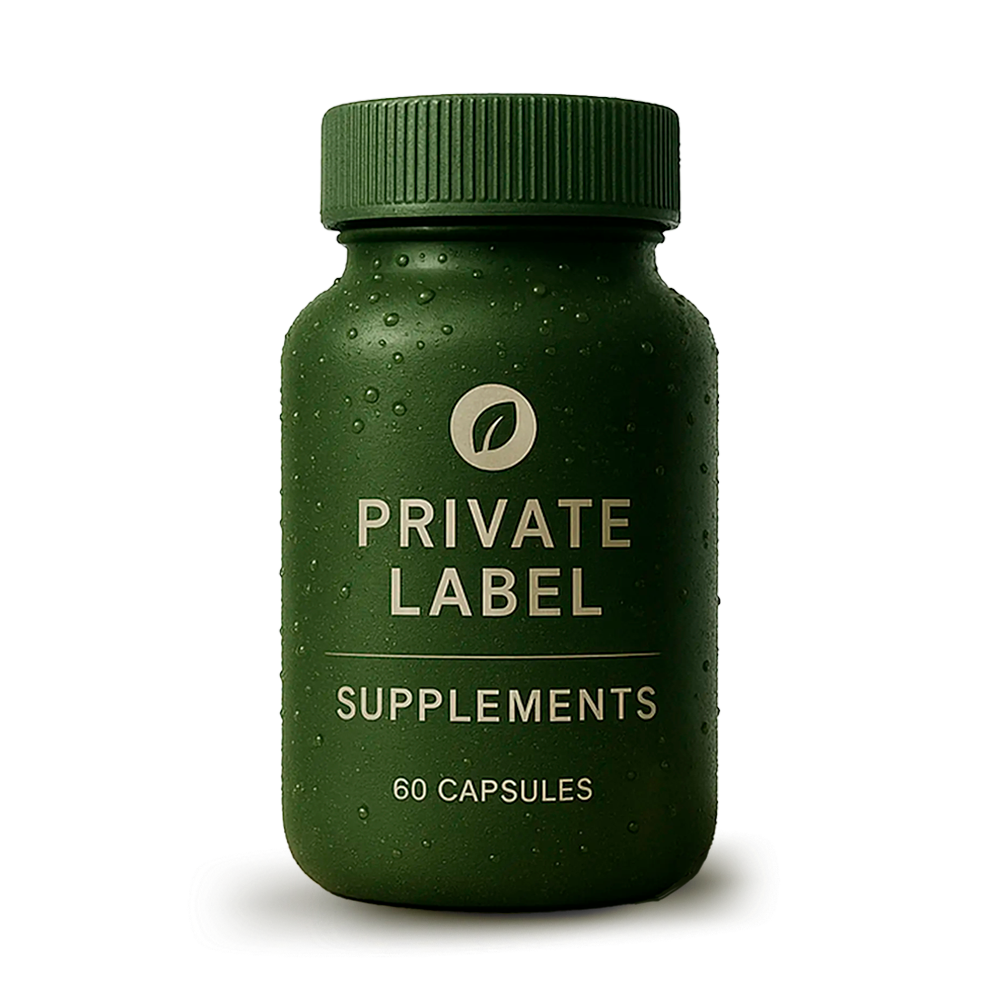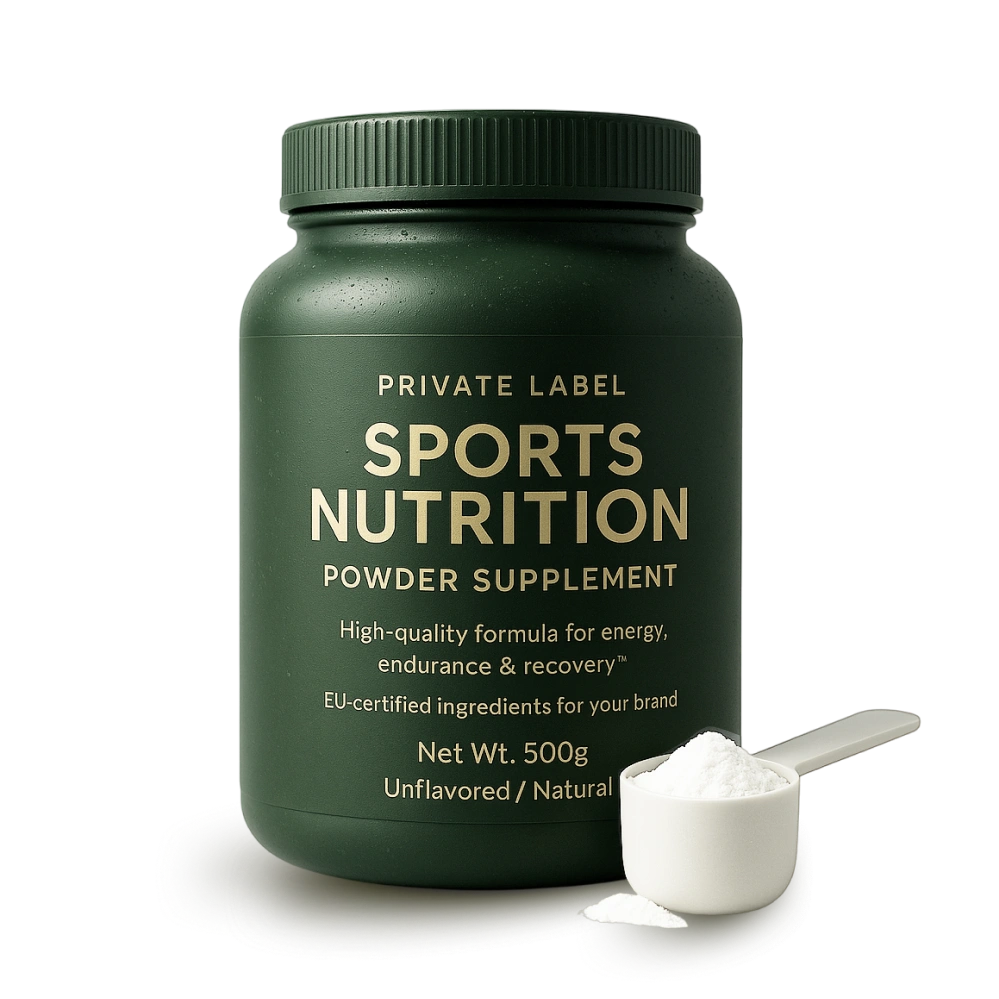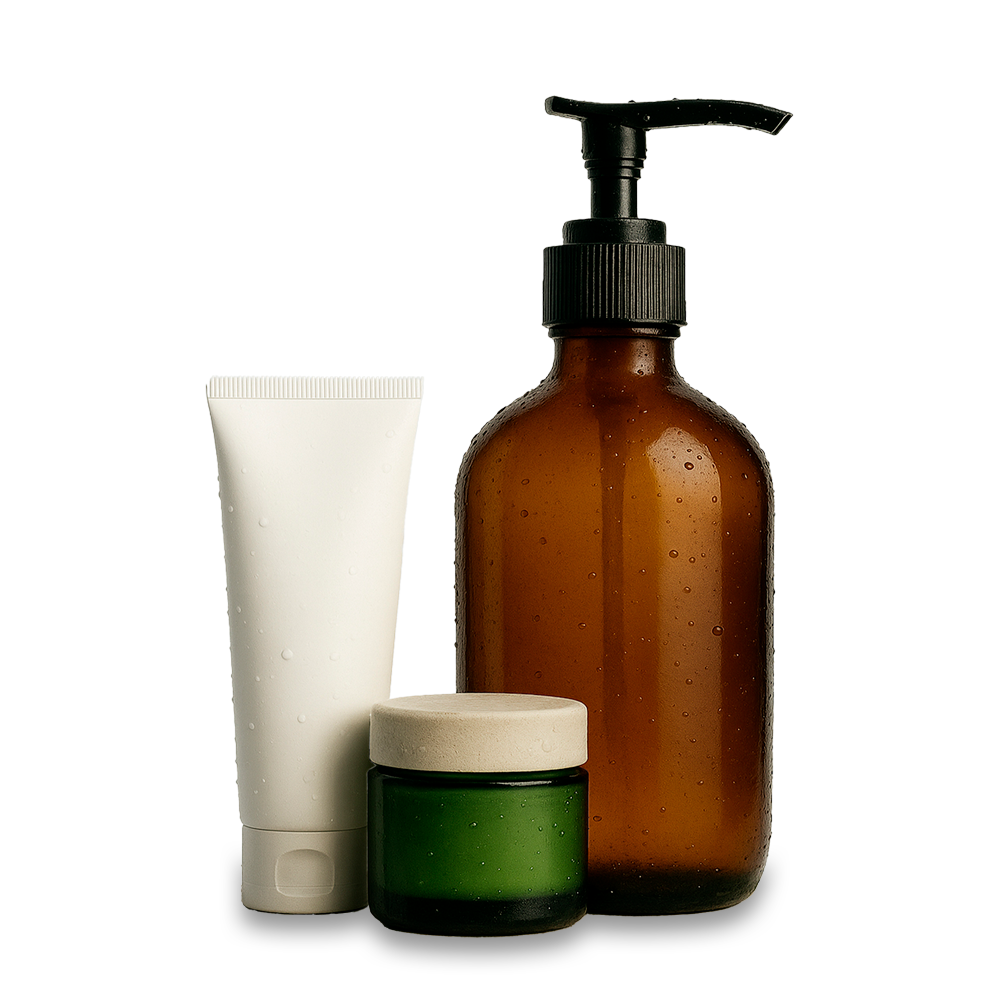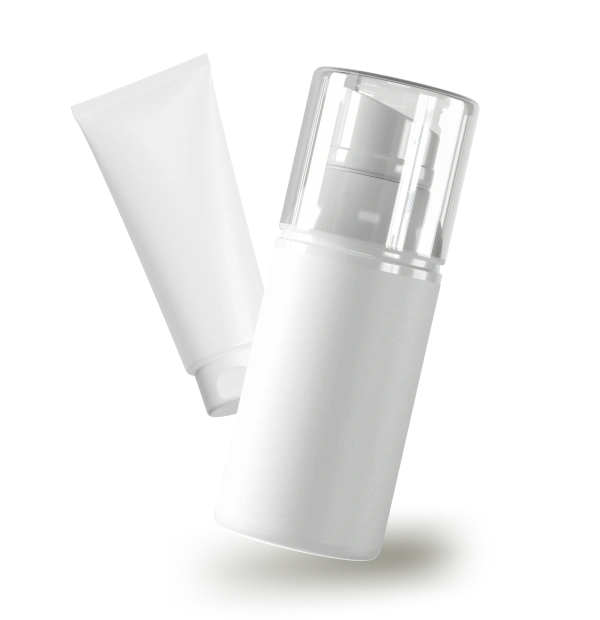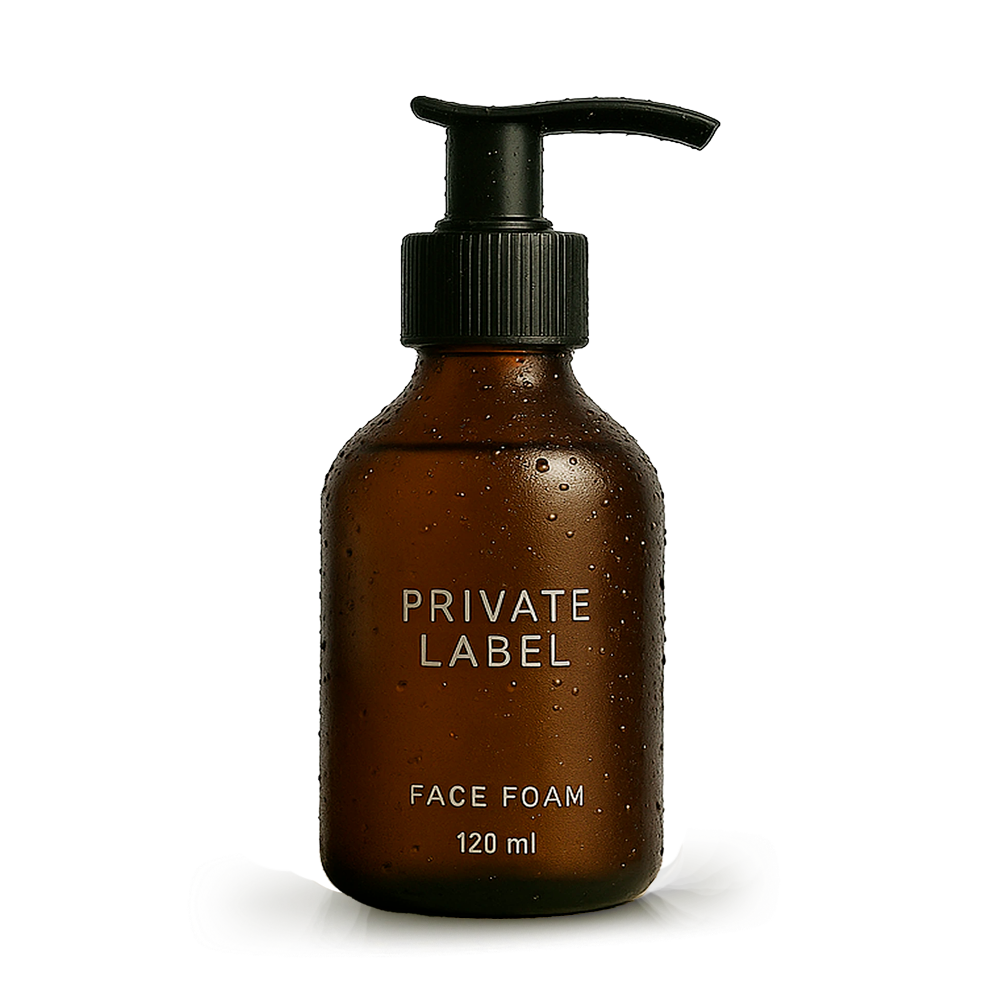
Protein has become one of the most popular components of modern nutrition, and protein powders are now common supplements for fitness, wellness, and general dietary needs. But how is protein powder manufactured, what is it made from, and what happens inside a processing facility before the product reaches store shelves?
This article explains the protein powder manufacturing process, from sourcing raw materials to creating a fine powder that mixes smoothly into a protein shake. We cover both whey and plant based protein powders, compare protein types, examine safety, quality, and contaminants, and answer questions about unusual sources like mealworms.
How Is Protein Powder Manufactured? Understanding the Production Process
At its core, protein powder is made by isolating protein from raw source materials such as milk, eggs, or plant sources like peas, soy, rice, and hemp.
The manufacturing process focuses on extracting protein, filtering away carbohydrates and fats, and converting the concentrated liquid protein into a shelf-stable powder.
The production process always begins with sourcing
The manufacturing process of protein powder starts with sourcing raw materials such as milk (whey and casein) and plants (soy and pea). This foundation shapes the final product’s amino acids, nutritional profile, taste, and digestibility.
What Is Protein Powder Usually Made From? The Main Protein Sources
Protein powder comes from different sources:
- Animal sources: whey, casein, egg whites
- Plant sources: pea protein, soy, rice protein, hemp protein
- Whole foods and minimally processed options such as egg whites or powdered milk
Protein powders derived from animal sources typically have a more complete amino acid profile because they naturally contain all essential amino acids. Meanwhile, plant based protein powders appeal to eco conscious consumers, those with allergies, and people who follow vegan diets.
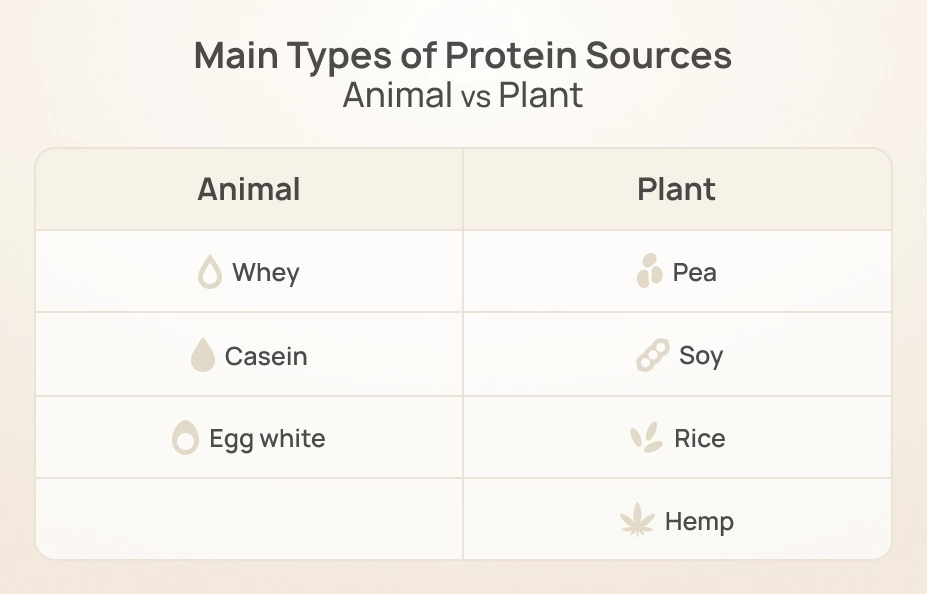
Non-Vegan Protein Types
How Whey Protein Powder Is Made
Whey protein powder is made from whey, the liquid left over after cheese production.
More specifically: whey protein is derived from the liquid by-product of cheese production after the milk is pasteurized. This remaining liquid contains proteins, lactose, minerals, and fats. It is clarified, filtered, and purified.
The Role of Raw Milk
Whey starts as raw milk, which contains both whey proteins and casein. Casein coagulates during cheese-making, while whey stays liquid.
Why Whey Is Popular
- Whey protein is absorbed quickly, which supports muscle recovery and muscle repair.
- It contains all nine essential amino acids.
- It’s naturally rich in branched chain amino acids, crucial for strength and muscle growth.
People with lactose intolerance, however, may need plant-based alternatives.
Whey Protein Concentrate vs Whey Protein Isolate
- Whey protein concentrate contains around 70–80% protein.
- Whey protein isolate contains around 90% protein due to additional filtration.
- Both begin with liquid whey and undergo ultrafiltration or microfiltration to separate out carbohydrates (including lactose) and fats.
Casein: A Slow-Digesting Animal-Based Protein
Like whey, casein comes from milk and is a complete protein. Its slow digestion benefits sustained amino acid delivery, supporting overall health and overnight recovery.
Egg Protein: A High-Purity, Lactose-Free Animal Protein
Egg protein powder is typically made from egg whites, which are separated from the yolks, pasteurized, spray-dried, and converted into a fine, highly digestible powder.
Because egg whites naturally consist almost entirely of protein with minimal fat and carbohydrates, egg protein is considered one of the most efficient and clean animal-based protein sources.
Why Egg Protein Is Valuable
- Naturally lactose-free, making it suitable for people who cannot tolerate dairy
- Provides a complete amino acid profile
- High in leucine and other essential amino acids that support muscle repair
- Highly bioavailable and easy to digest compared to many dairy- and plant-based options
Is Protein Made Out of Mealworms?
Some experimental food startups explore insect proteins, including mealworms. However, mainstream protein powders are not made from mealworms. They primarily come from milk, plants, or eggs.
Plant Based Protein: A Growing Category
What Plant Based Protein Powders Are Made From? Plant powders include:
- Pea protein (from yellow split peas)
- Soy protein
- Rice protein
- Hemp protein
Why Consumers Choose Plant Based Options
- Suitable for milk allergies
- Lower in allergens
- Preferred by vegans
- Often easier to digest
- Lower environmental footprint
Processing Differences
Plant proteins require different processing methods to isolate them from fats and fiber compared to animal proteins.
This can involve grinding, wet fractionation, and specialized protein extraction.
Pea Protein: How It’s Made and Why It’s Popular
Pea protein is made by extracting protein from yellow split peas. It is considered a complete plant-based protein because it contains all nine essential amino acids, making it unique among plants. It also contains high levels of branched-chain amino acids, which support muscle repair and muscle recovery.
People with digestive sensitivities may find pea protein easier to digest than whey protein.
Hemp Protein and Other Plant Options
Hemp protein is derived from hemp seeds, which are processed, milled, and sifted into powder. It is considered an incomplete protein due to lower lysine and leucine content. Rice protein, usually brown rice protein, is also incomplete because it has low lysine.
Understanding the Different Types of Protein Powders
- Concentrates: 70–85% protein
- Isolates: 90%+
- Hydrolysates: pre-digested for faster absorption
Different types of protein powders can provide different benefits based on their digestion rates and amino acid profiles.

How Is Protein Powder Made in the Factory? Step by Step
Step 1. Sourcing Raw Materials
Milk, plants, or eggs are collected from certified farms.
Protein powder is made from various sources, including milk, plants, and eggs.
Step 2. Extracting Protein
The first step in protein powder manufacturing involves extracting protein from its raw source using techniques like ultrafiltration and microfiltration.
These methods remove fats, carbohydrates, and impurities.
Step 3. Protein Concentration
After extraction, the protein is concentrated, producing:
- Protein concentrate (70–80%)
- Protein isolate (90% concentration)
Step 4. Spray Drying Into Fine Powder
The liquid is converted into a fine powder using spray drying, where hot and cold air turn droplets into particles.
This method preserves nutritional integrity but excessive heat may destroy heat-sensitive nutrients.
Step 5. Blending and Flavoring
Manufacturers may add flavorings, sweeteners, thickeners, and vitamins to enhance taste.
This may include artificial sweeteners, minerals, or other additives.
Step 6. Quality Control
Quality control in protein powder production involves rigorous testing to ensure health and safety standards are met.
This includes checks for contaminants and microbial presence.
To understand how safety systems are implemented in modern food and supplement production, you can explore our detailed overview of HACCP principles.
Powder Manufacturing and Bioavailability
Protein extraction and filtration methods affect the final product’s bioavailability and nutrient retention.
Cold filtration is preferred: cold-processed whey protein is considered superior due to its preservation of essential amino acids.
If you’re exploring a reliable partner, see how we handle sports nutrition manufacturing (including protein powders) for performance SKUs.
Are There Contaminants in Protein Powders?
Some protein powders may contain small amounts of heavy metals.
This depends on soil quality, plant origin, and poor manufacturing standards.
Plant-based powders generally contain higher levels of heavy metals than animal-based ones.
Furthermore:
- Protein powders can contain potential allergens.
- Whey proteins are the main allergens in milk, so anyone allergic to milk will likely be allergic to whey protein powder.
- Manufacturers may not be rigorous with their manufacturing processes or soil quality, leading to contamination in protein powders.
This is why it’s important to read the labels on any protein powder packaging before you consume the product. Manufacturers are addressing consumer concerns by maintaining transparency in labeling of protein powder ingredients. This includes disclosing sweeteners, processing methods, vitamins, minerals, and flavors.
Can You Manufacture Your Own Protein Powder?
At home, you can grind whole foods such as oats, seeds, or dehydrated egg whites.
But commercial-grade protein concentration requires:
- Filtration equipment
- Controlled process parameters
- Safety standards compliance
- Spray dryers
- Quality systems and testing
Producing true protein isolate or concentrate at home is not feasible. To launch under your own custom brand, learn more about our private label supplements program.
Who Needs Protein Powder?
Protein supplements support:
- Fitness and muscle growth
- Recovery from training
- Filling dietary gaps
- Meeting special dietary needs
They also help people with limited access to high-protein foods.
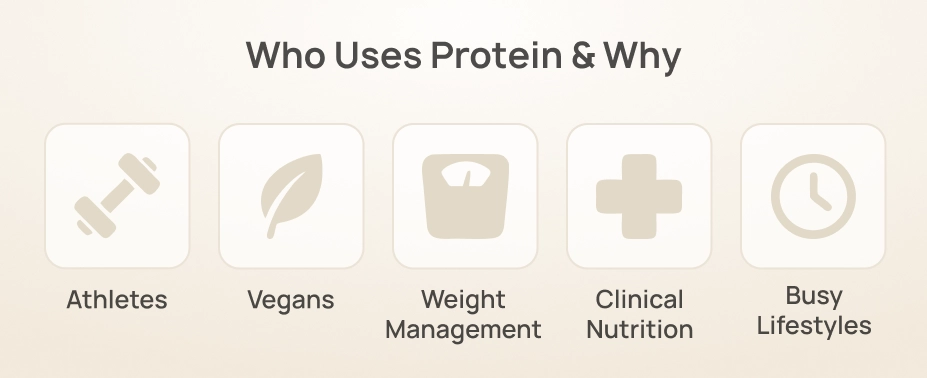
Final Thoughts: What Makes a High-Quality Final Product
A high-quality final product offers:
- High protein content
- Low lactose (for whey isolates)
- Good mixability
- Transparent labeling
- Minimal unnecessary additives
- Verified nutritional integrity
Assessing purity, checking for contaminants, and scanning ingredients helps consumers avoid unwanted compounds.
Partner With a Trusted Protein Powder Manufacturer
Understanding how protein powder is manufactured helps brands make informed decisions about product quality, safety, and sourcing. If you’re looking to launch or scale your line of protein powders, Merywood provides full-service support—from formulation to packaging, regulatory compliance, and white/private label manufacturing.
At Merywood, we specialize in producing blends with consistent quality and transparent processes. Our team ensures rigorous quality control, batch testing, clean labeling, and flexible production runs that support both emerging and established brands.
Whether you need a turnkey formula, custom blend, or support with packaging and certifications, we’re here to help you build a product your customers will trust.
Ready to develop your own protein powder?
Explore our capabilities or contact our team to get started.
